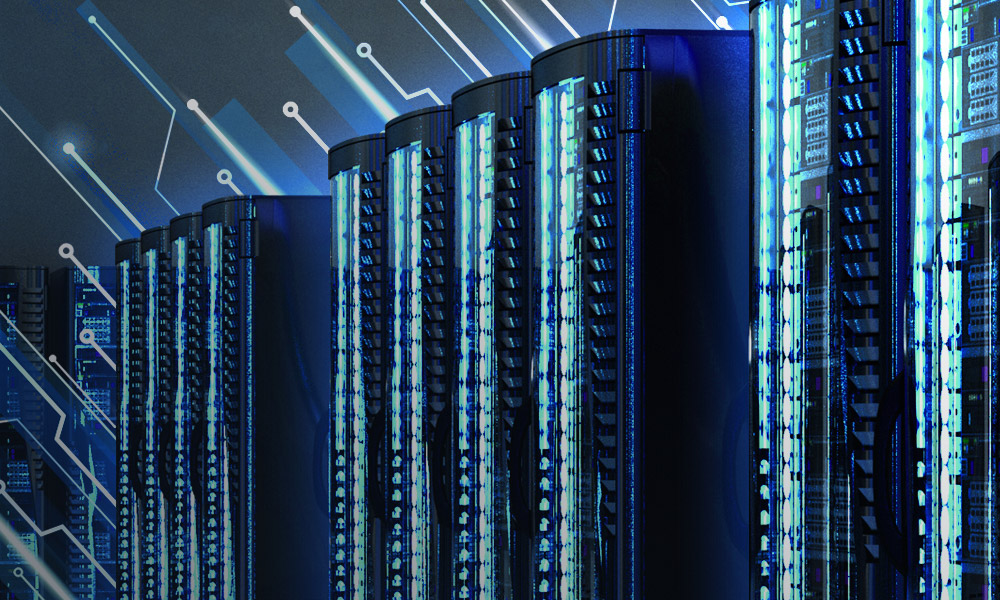The Future of Data Center: Automation

Today, the reliability of data centers are becoming more and more crucial. The increasing demand for online activities and digital services, especially since the start of the pandemic, has triggered an exploding volume of data that is collected, stored, processed, managed, and transmitted, making an agile and optimized infrastructure a dire necessity. In the era where speed is highly valued and time-consuming processes are considered unideal, data centers need to be agile to stay relevant, and one of the ways is through automation.
What is data center automation and why does it matter?
Data center automation refers to the process of reducing human interactions in data center routine workflow — scheduling, monitoring, maintenance, troubleshooting, application delivery, etc. — with the help of technology. Today’s business operations involve massive volumes of data processed at a high speed, so manual commands are too slow to be effective and may risk business performance. Data center automation reduces the time needed by IT teams to perform routine tasks and allows them to deliver services on demand in a recurring, automated manner.
Nonetheless, data center automation is not only about managing and automating the processes of a data center. According to IDC, IT managers stated that they spent only 21% of their time on innovative, strategic initiatives to help accelerate the business compared to over 50% of their time on manual, time-consuming management tasks. Automation can help increase this 21% and turn data centers into a key part of a business’ customer experience strategy by ensuring their users receive their demands holistically and in real time.
How are data centers automated?
Fully automated data centers are now possible thanks to advanced AI and machine learning solutions. Let’s take a look at two major areas to be addressed in the effort to automate a data center.
Infrastructure Automation
One of the most complex tasks in data center management is managing connectivity to maintain the bandwidth and speed needed for data transmission. Today, traditional, manual methods for accomplishing this particular task are no longer sufficient to ensure maximum performance. Therefore, one of the most popular data center infrastructure automation tools is Automated Infrastructure Management (AIM) — an integrated hardware and software platform which has the capacity to automatically capture information and document the cabling infrastructure in a data center, including connected equipment, and provide a comprehensive view of device location and connection. AIM contributes to a DCIM system’s ability to provide operations management, asset and connectivity management, change management, availability management, and capacity planning by providing the system with real-time data information from the cabling infrastructure.
According to the ANSI TIA-5048 standard, AIM offers two major benefits to data centers. First, AIM provides up-to-date documentation which can improve cabling infrastructure and network system availability and accessibility, making it easier and quicker to troubleshoot issues. Second, AIM also helps IT asset management by providing detailed asset inventory information which can be used to make decisions about purchases and redistribution.
Cloud Automation and Orchestration
As more organizations are moving to the Cloud, the demand for cloud computing has been rapidly increasing. For operational efficiency and consistent performance, data centers have been utilizing cloud automation platforms — CloudStack, OpenStack, or OpenNebula — to reduce the manual commands associated with provisioning, configuring, managing, and monitoring cloud environments. Moreover, incorporating cloud automation as a part of the cloud migration can contribute to additional cost savings due to the increase in productivity and the reduction of errors.
However, to ensure agility and reliability data centers also need to incorporate both cloud automation and cloud orchestration. Cloud orchestration is about achieving goals via cloud infrastructure by strategically organizing automated tasks, combining these tasks into processes and coordinating them throughout the entire infrastructure. According to AppDynamics by Cisco, if cloud automation is a puzzle piece, then cloud orchestration is the arrangement of those pieces to form a completed puzzle.
Automation has been implemented in various industries, and the data center industry is no exception. As the demand for data center support continues to grow, and data centers continuously scale up their operations to meet the increasing demands, automation will play a key role in keeping everything running well. Even so, it is important to note that an automated system still requires human interaction and oversight for certain aspects. What automation truly enables is a faster, more accurate system that can react to events or actions with much fewer resources.

















